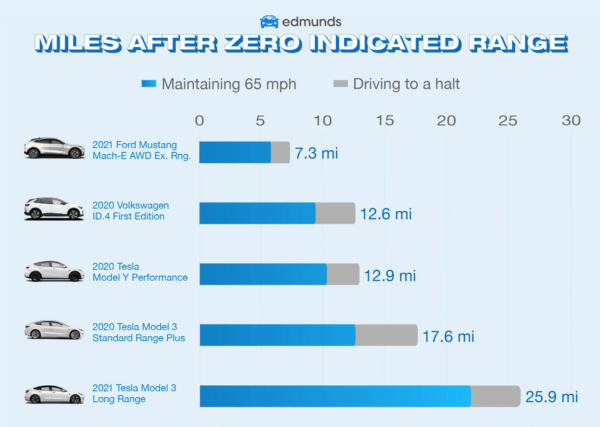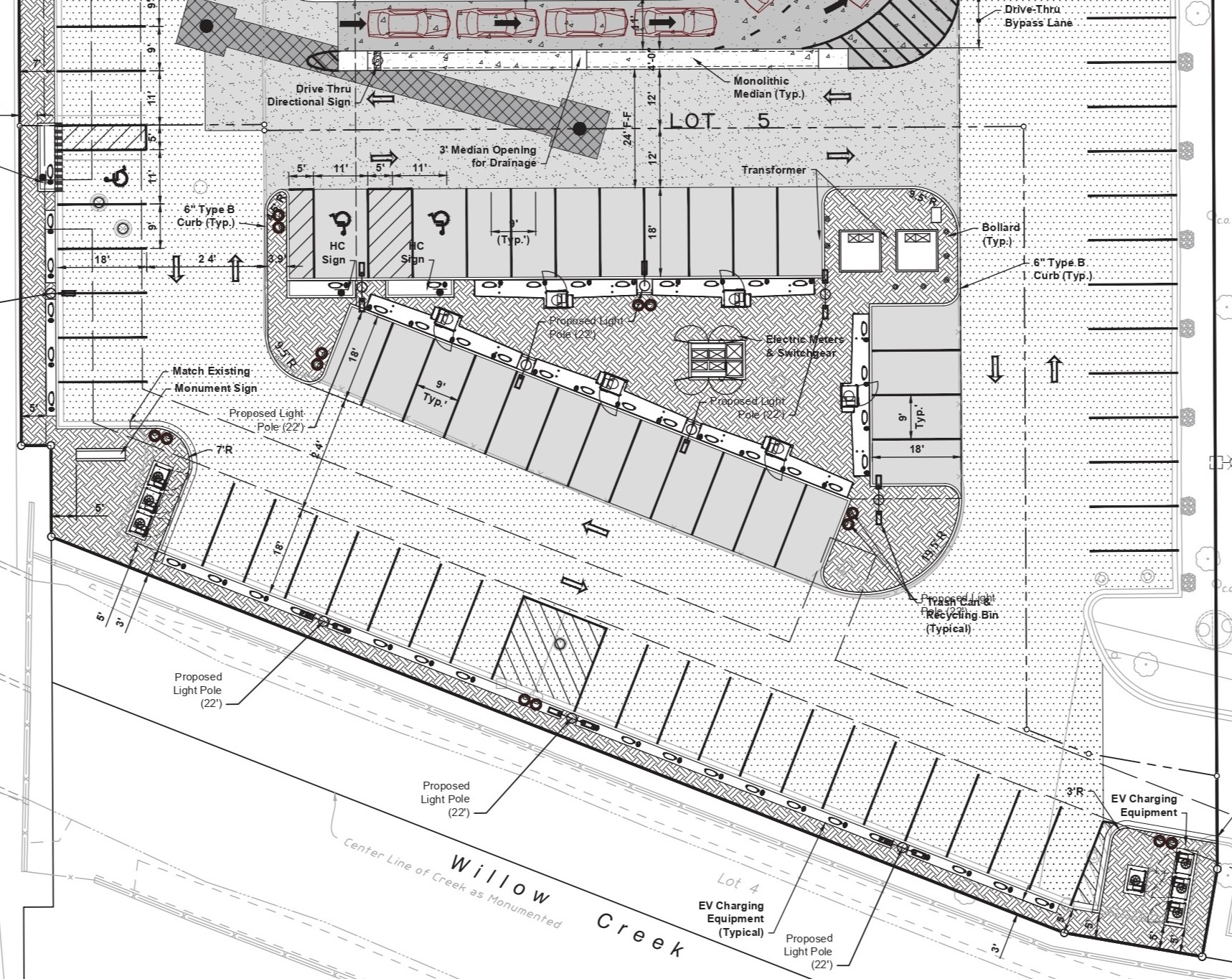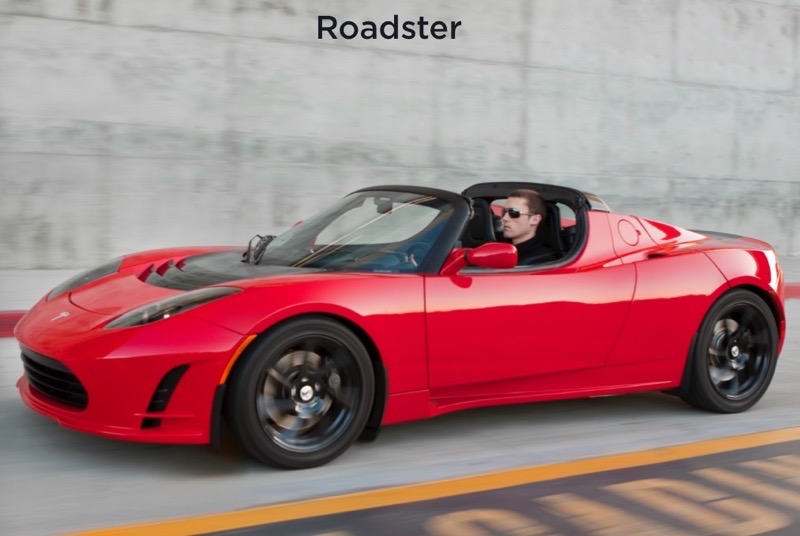
Edmunds Tests Model 3/Y Range Again After Tesla Pushes Back [VIDEO]

While the Environmental Protection Agency (EPA) puts in place range estimates for every electric vehicle (EV), these numbers are not always precise. This results in range anxiety for EV owners when they aren’t certain that their cars will drive as far as they claim to.
After Tesla disputed a claim from a February report that its cars don’t meet the set EPA standards, Edmunds followed up with a range anxiety test, which sought to test EVs from Tesla, Ford and Volkswagen on their range performances compared to their EPA estimates. What they found was that only two of the six Teslas tested would hit their EPA estimates with a battery-indicated zero miles remaining.
While Tesla’s original dispute held that Edmunds’ tests had been flawed because the vehicles were driven to an indicated zero, rather than until a vehicle stopped, the new round of testing sought to do just that.
Edmunds tested a 2020 Model 3 Standard Range+, a 2021 Model 3 Long Range (loaned from Tesla), and a 2020 Model Y Performance. Additionally, the test used two control vehicles: one 2021 Ford Mustang Mach-E and a 2021 Volkswagen ID.4.
The team charged each EV to 100% overnight and maintained 65 miles per hour throughout the track tests. They drove each vehicle until they indicated 0% battery, then continued until they stopped driving.
They found that, while Teslas did drive the furthest after the battery indicator said 0%, all three of Tesla’s vehicles fell short of their EPA range ratings. This was compared to Ford and Volkswagen’s EVs, which both exceeded their EPA range estimates, and ultimately showed that there is no fixed buffer between Tesla’s different EVs.

Photo: Edmunds
Tesla told Edmunds there was no fixed range buffer on its vehicles and many factors can change the distance driving past 0%:
- “Near-past conditions — ambient temperature and driving style leading up to the final few miles.”
- “Instantaneous conditions — there’s a strong interaction between speed/acceleration and the battery’s ability to provide its last little bit of energy.”
Tesla engineers told Edmunds, “for these reasons, the buffer cannot be defined exactly to a number every time — it will change based on external conditions, driving profile, etc.”

